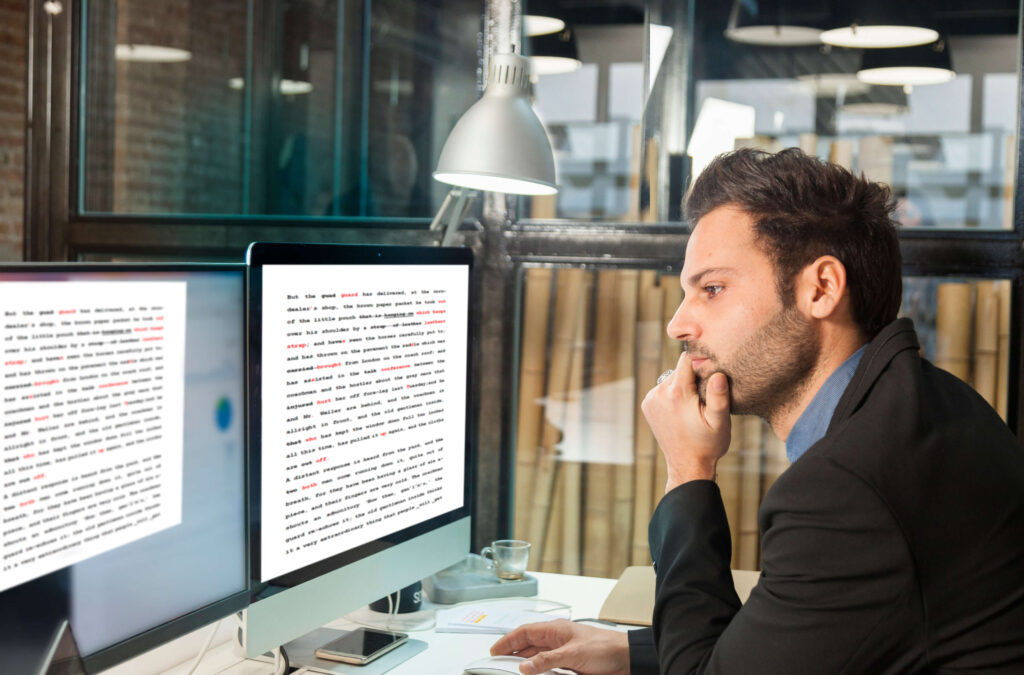SERVICES
Editing and Proofreading
 Editing and proofreading play integral roles in the translation industry, ensuring the accuracy, clarity, and consistency of translated content. As essential components of the translation process, editing and proofreading contribute to delivering high-quality translations that meet the expectations and standards of clients and end-users alike.
Editing and proofreading play integral roles in the translation industry, ensuring the accuracy, clarity, and consistency of translated content. As essential components of the translation process, editing and proofreading contribute to delivering high-quality translations that meet the expectations and standards of clients and end-users alike.
Together, editing and proofreading form a critical quality assurance process that safeguards the integrity and reliability of translations. By employing skilled editors and proofreaders who possess linguistic expertise and cultural competency, translation agencies can deliver translations that meet the highest standards of excellence and resonate with target audiences.
In an increasingly competitive global marketplace, where accurate communication is paramount, editing and proofreading serve as invaluable safeguards against errors and inaccuracies in translated content. By investing in thorough editing and proofreading processes, translation professionals demonstrate their commitment to delivering translations of unparalleled quality and precision, ultimately enhancing the reputation and credibility of their services in the industry.
Frequently Asked Questions:
What are Editing & Proofreading?
In the translation industry, editing and proofreading are crucial steps to ensure the accuracy, quality, and linguistic fidelity of translated content. These processes go beyond traditional editing and proofreading as they are specific to the challenges presented by translation.
Translation:
- Purpose: The primary goal of translation is to accurately convey the meaning of the source text in the target language while maintaining cultural nuances and context.
Editing in Translation:
- Purpose: Editing in translation involves reviewing the initial translated text to enhance its clarity, coherence, and overall quality.
Proofreading in Translation:
- Purpose: Proofreading in translation is the final quality check to identify and correct any errors in grammar, spelling, punctuation, and formatting.
In the translation industry, a typical workflow involves a translator producing an initial draft, an editor reviewing and refining the translation for accuracy and coherence, and a proofreader conducting a final check for language and formatting issues. Collaboration among these professionals ensures that the translated content is of the highest quality, free from errors, and effectively conveys the intended message in the target language. This multi-step process is especially important in maintaining the integrity and professionalism of translated materials in various fields, such as legal, medical, technical, and marketing translations.



